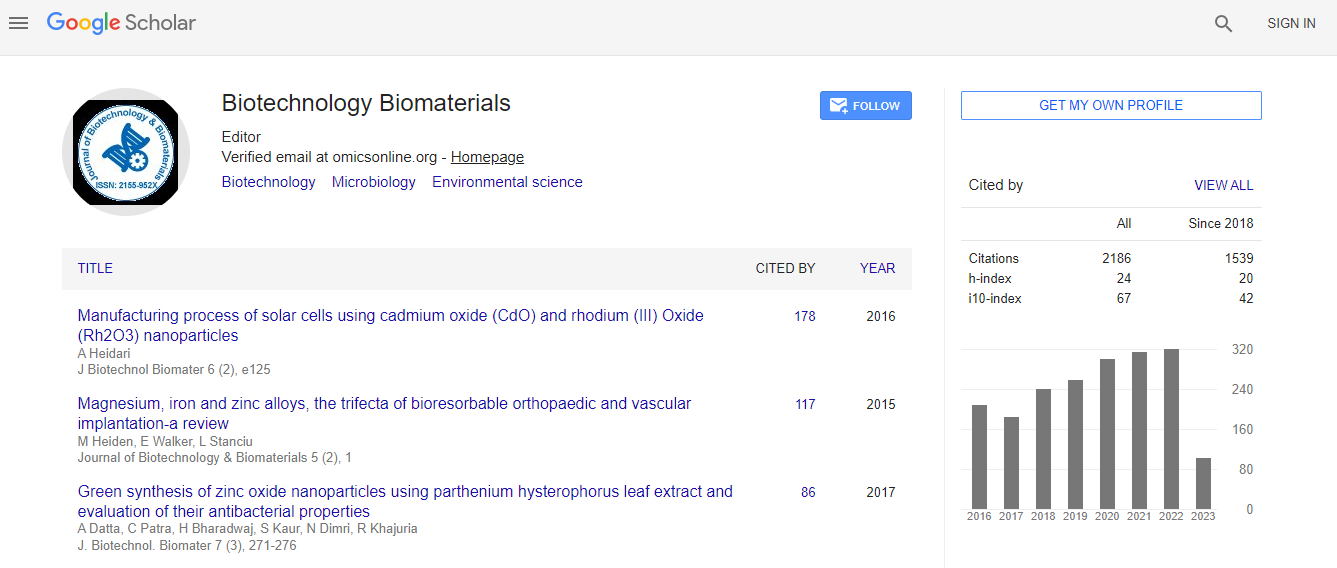Our Group organises 3000+ Global Events every year across USA, Europe & Asia with support from 1000 more scientific Societies and Publishes 700+ 91�Թ� Journals which contains over 50000 eminent personalities, reputed scientists as editorial board members.
91�Թ� Journals gaining more Readers and Citations
700 Journals and 15,000,000 Readers Each Journal is getting 25,000+ Readers
Citations : 3330
Indexed In
- Index Copernicus
- Google Scholar
- Sherpa Romeo
- Open J Gate
- Genamics JournalSeek
- Academic Keys
- ResearchBible
- China National Knowledge Infrastructure (CNKI)
- Access to Global Online Research in Agriculture (AGORA)
- Electronic Journals Library
- RefSeek
- Hamdard University
- EBSCO A-Z
- OCLC- WorldCat
- SWB online catalog
- Virtual Library of Biology (vifabio)
- Publons
- Geneva Foundation for Medical Education and Research
- Euro Pub
- ICMJE
Useful Links
Recommended Journals
Related Subjects
Share This Page
In Association with
Amyloid-like protein membrane: A natural polymer based biosensing material
2nd World Congress on Bio Summit & Molecular Biology Expo
Gozde Kabay
TOBB University of Economics and Technology, Turkey
Posters & Accepted Abstracts: J Biotechnol Biomater
DOI:
Abstract
Electrospinning has been a popular technique to obtain nanofibrous membranes from synthetic and natural polymer sources. In contrary to synthetic polymers, the production capabilities of natural polymer membranes failed at some extend by means of electrospinnability and efficiency also biocompatibility. In this paper, we introduced an enzyme immobilization platform from a natural polymer membrane. For this purpose, a model protein bovine serum albumin (BSA) was chosen mainly for enhanced supporting property. To procure electrospinnable solution of BSA, beta-mercaptoethanol (�?²-ME) was used to induce tertiary structure and low ratio (1.5:1.0 TFE:PBS (pH: 7.4)) of 2,2,2-triflouroethanol (TFE) was added as a stabilizing agent, respectively. The electrospun membranes were activated with RF plasma treatment by employing ethylenediamine (EDA) as a precursor to incorporate amino (-NH2) groups on the surface. Those surfaces were cross-linked with glutaraldehyde aqueous solutions at concentrations between 0.01 and 5% wt. which followed by the covalent attachment of glucose oxidase (GOD). The performance of enzyme immobilized membranes was tested by employing amperometric measurements against various glucose concentrations in terms of response time, enzymatic activity and linearity. The effects of plasma parameters and crosslinking conditions on the performance of protein membrane based enzyme electrode were also studied.Biography
Email: gkabay@etu.edu.tr

